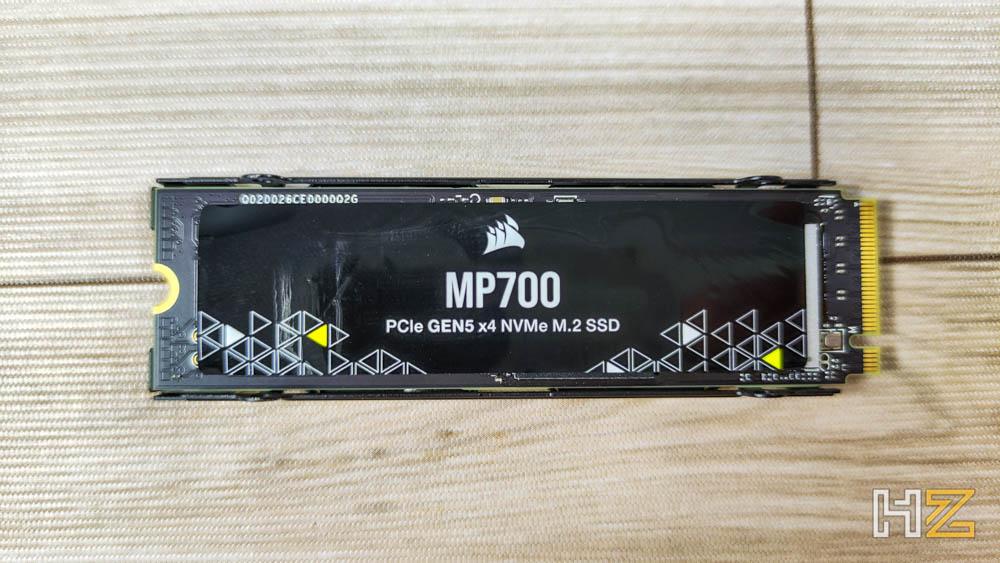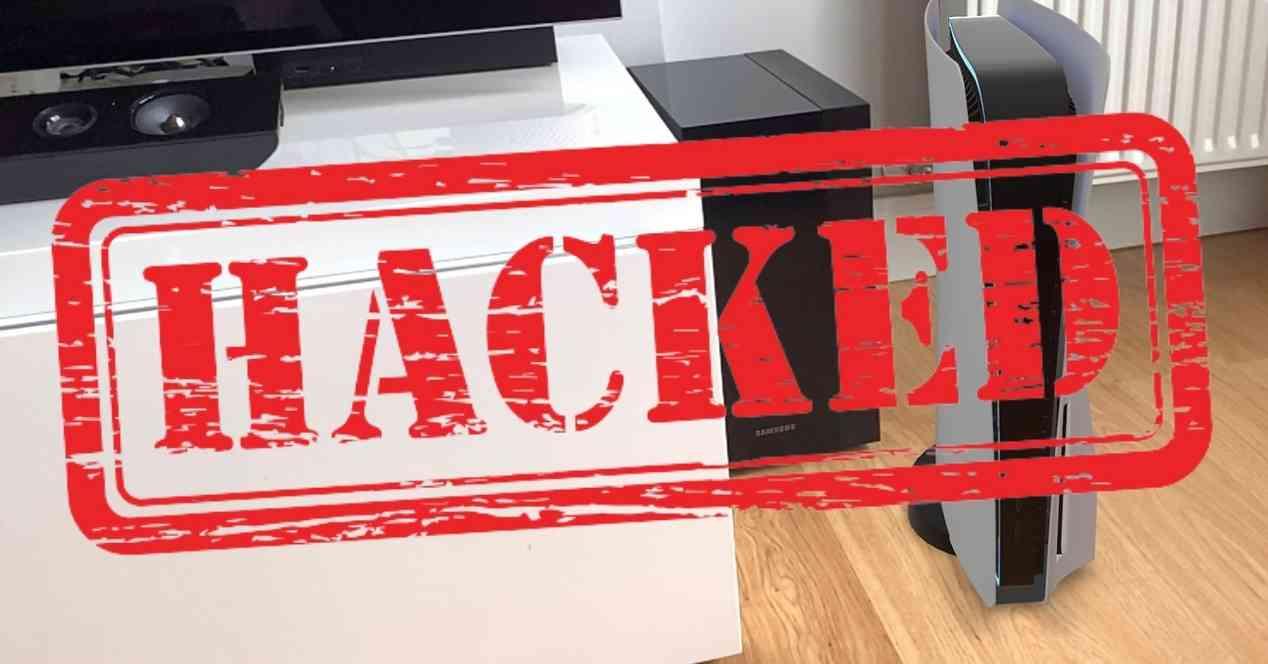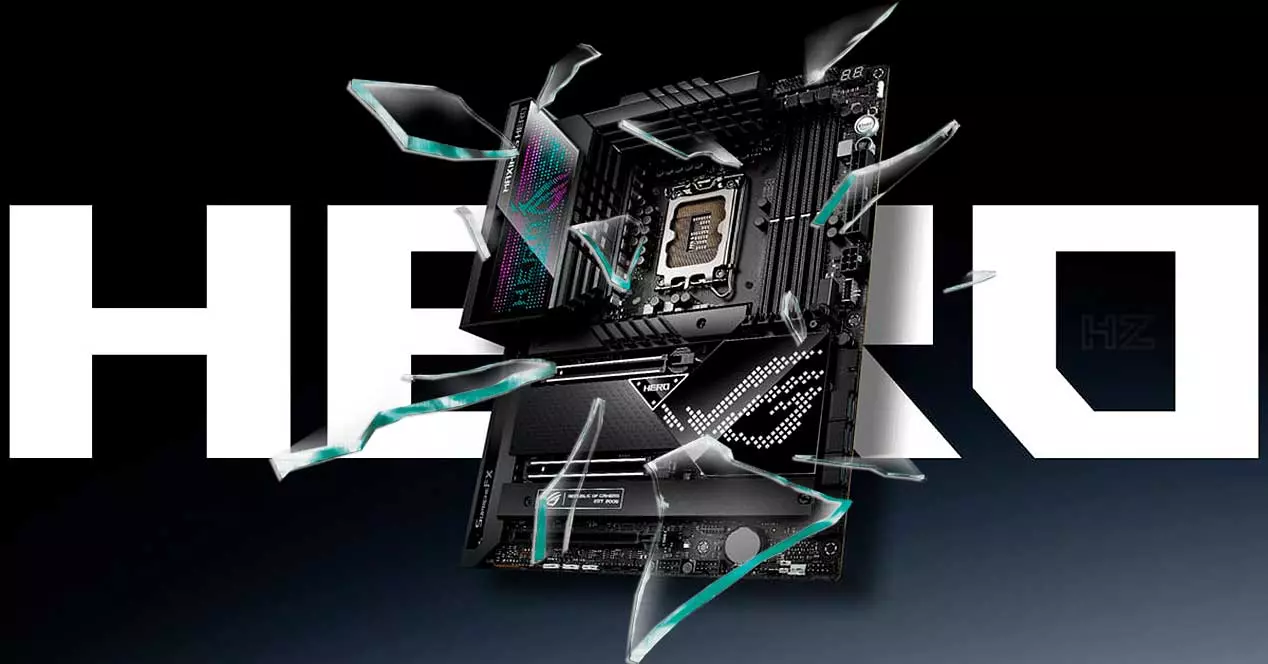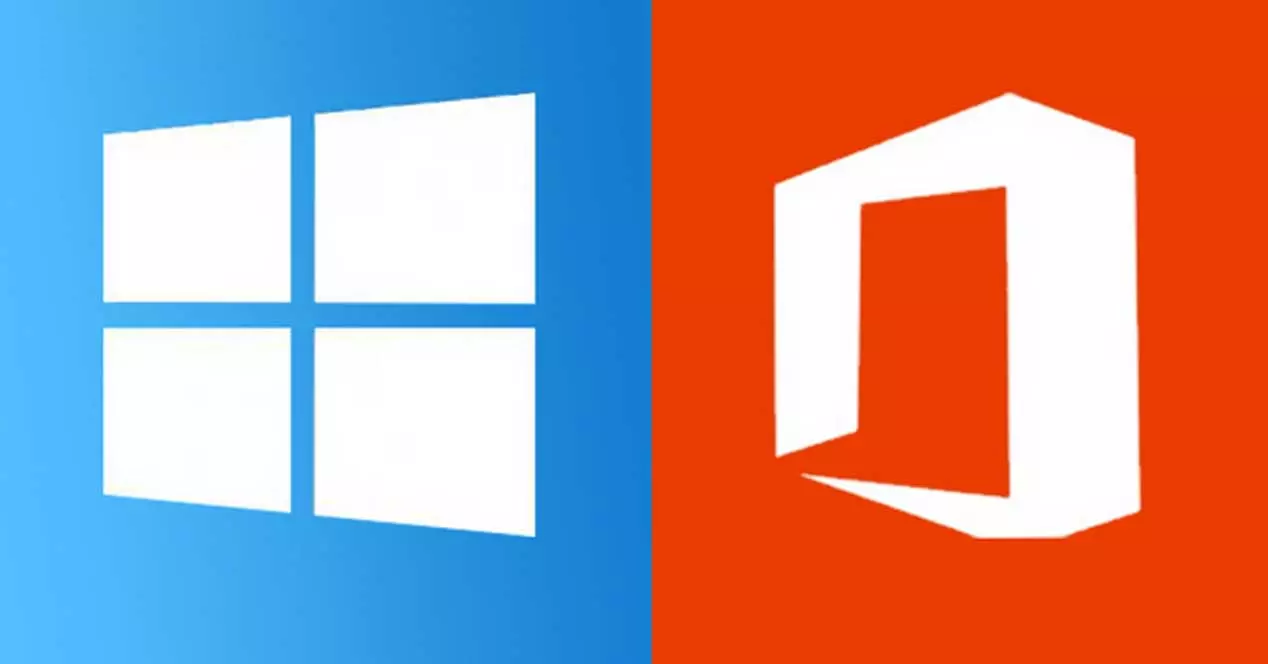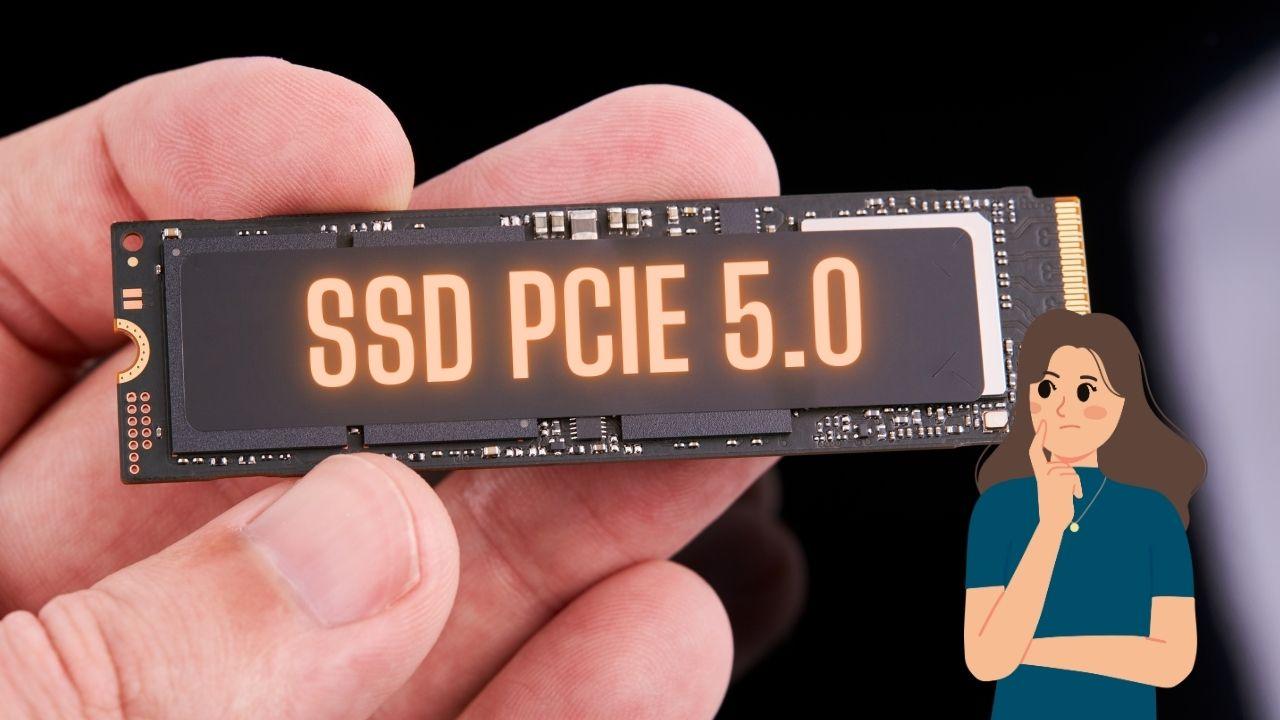
We have seen how SSD units have evolved, leaving the SATA interface behind to massively adopt the M.2 interface. This type of connector, integrated into the motherboard, offers enormous transfer speeds. In January 2022, during CES 2022, the first M.2 PCIe 5.0 drivesbut at the beginning of October 2023, no one remembers themnot even the manufacturers of these.
PCIe 5.0 drives can offer reading speeds between 12,000-14,000 MB/s, while writing speeds are around 10,000-12,000 MB/s. Technically and simplifying it, we say that they offer twice the speed of M.2 PCIe 4.0 SSDs. At least, on paper and with raw data, they are great.
But, the problem is that they get really hot, which is why many units presented have a fan included. It represents a serious and dangerous increase in the temperature problems suffered by M.2 drives. A serious deficiency of an interface that needs a redesign.
No interest in units that contribute nothing
It has been 22 months since these new generation storage units were announced. After this period and in May we were able to analyze the Corsair MP700 Gen5 unit, it seems that these have disappeared.
Let’s see the reasons why these storage units are barely relevant:
- They offer speeds of transfer that they don’t contribute anything to gaming
- Poor support by the manufacturers of motherboardonly supporting M.2 PCIe 5.0 in high-end models
- Have serious temperature problemsrequiring heatsinks with fans
- Are extremely expensive regarding models with “old” interfaces
- Very little supply in the market
We are going to make a small comparison between M.2 PCIe 4.0 drives and M.2 PCIe 5.0 drives. Specifically, we are going to see Crucial models. We have the P5 Plus 1 TB unit, it costs 79 euros with a heatsink and is based on the PCIe 4.0 interface. While the T700 1 TB unit costs 211 euros with heatsink and based on the PCIe 5.0 interface.
The P5 Plus unit offers us a reading speed of up to 6,600 MB/s and a writing speed of up to 5,000 MB/s. For its part, the T700 drive offers reading up to 11,700 MB/s and writing up to 9,500 MB/s. We see that the performance is practically double, but the price is almost triple.
This simple comparison of units lets us see the reason why they have “disappeared” from the market. The price is making them units without interest for most users today.
Even manufacturers have forgotten them
But it’s not that you or we have forgotten about them, so have their manufacturers. They are much more expensive to manufacture due to the chipset they use, the memories and the need for a heatsink. Although models without a heatsink are sold, really buying them is suicide.
In addition, they are only supported by the 13th Gen Intel and AMD Ryzen 7000, which are the newest. Many users tend to opt for previous generation processors, which are usually much cheaper.
Perhaps the most important thing is that the M.2 format, with these units, shows the need for changes. Moving to a format similar to RAM could be the solution to improve temperatures and capacities.
